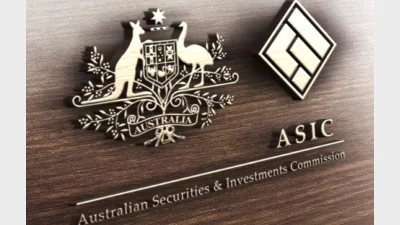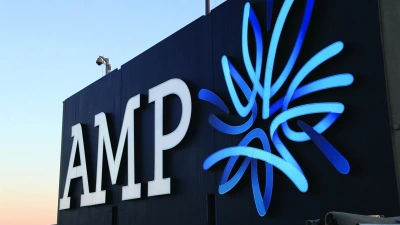Super balance expectations and needs widen



There is a monetary and a knowledge gap between how much workers expect to have in their superannuation by retirement and how much they think they will need.
The RaboDirect Financial Health Barometer showed the average working Australian could face the prospect of a $281,000 shortfall between what retirees expect to retire with, and the actual amount they think they will need.
RaboDirect's group executive Greg McAweeney said compulsory contributions simply are not sufficient to fund retirement.
"These are huge figures but what this boils down to is that many Aussies are underprepared when it comes to the amount they need to fund their retirement years," he said.
"Australia has an aging population, which means future generations may need to fund much longer retirements."
The gap between current and expected amount for Generation Y is $476,488, while for Generation X is $334,613. For males it is $344,006 while for females it is $330,620.
The gap between expected and needed amount for Generation Y is $96,251, while for Generation X it is $330,718. For males it is $208,907 and for females it is $361,912.
"For those closer to retirement, Gen X and Baby Boomers, this gap grew bigger in 2014 despite stronger superannuation returns over the last 12 months," RaboDirect said.
The research also found those who expect to fund their retirement through their retirement savings rose from 18 per cent in 2012 to 24 per cent in 2014, while those who expect to rely on the aged pension dropped from 54 per cent to 47 per cent.
More people expect to retire with a mortgage now than two years ago, with 30 per cent of Sydney mortgagees feeling they will retire with a mortgage.
But it is Generation Y who are most concerned about retiring with a mortgage, while baby boomers were least concerned.
Recommended for you
The regulator has fined two super funds for misleading sustainability and investment claims, citing ongoing efforts to curb greenwashing across the sector.
Super funds have extended their winning streak, with balanced options rising 1.3 per cent in October amid broad market optimism.
Introducing a cooling off period in the process of switching super funds or moving money out of the sector could mitigate the potential loss to fraudulent behaviour, the outgoing ASIC Chair said.
Widespread member disengagement is having a detrimental impact on retirement confidence, AMP research has found.









